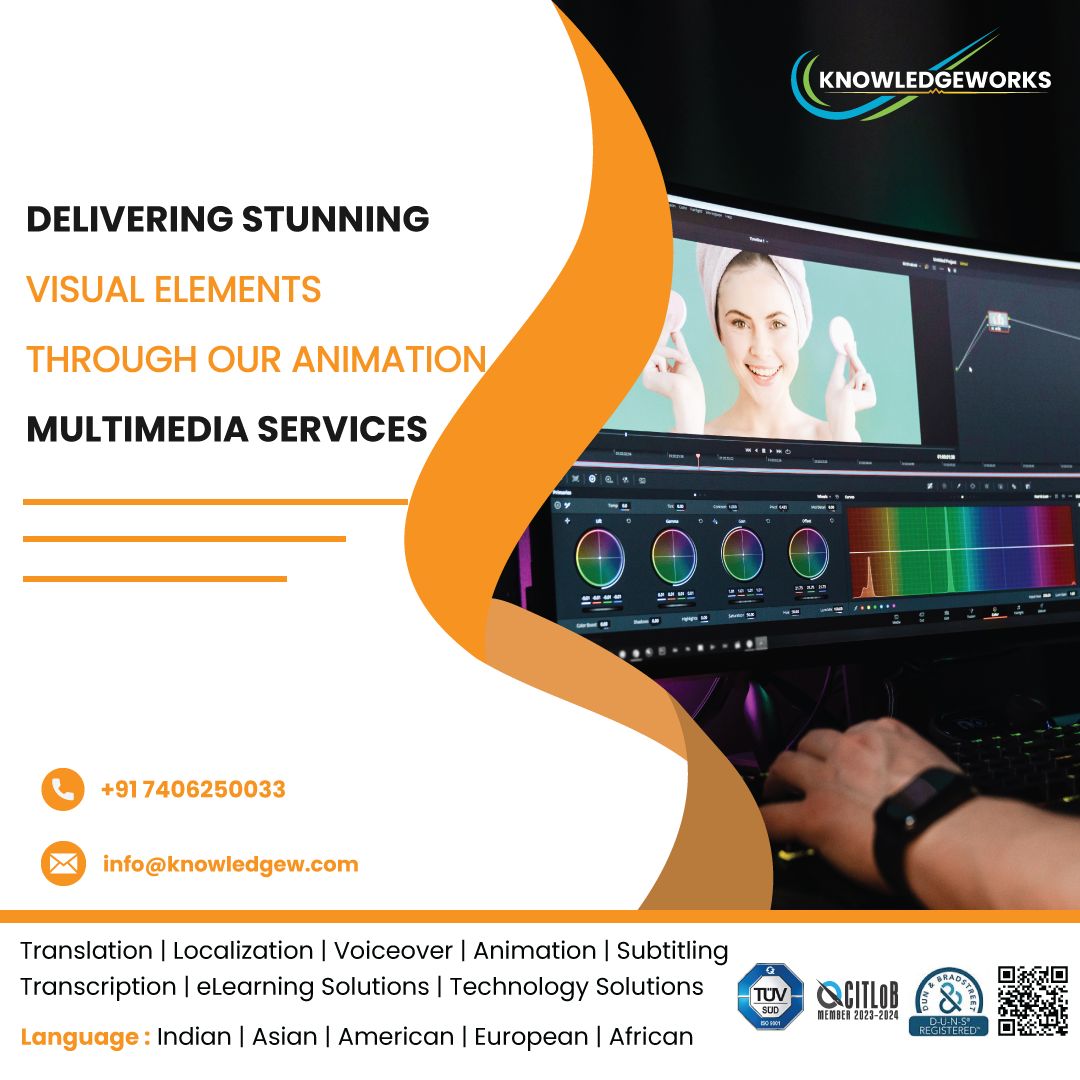In the digital age, multimedia services have become an integral part of our daily lives, revolutionising how we communicate, consume content, and engage with the world around us. These services, which encompass a wide range of media formats including text, audio, video, graphics, and interactive elements, are reshaping industries from entertainment and education to marketing and healthcare. This article delves into the evolution of multimedia services, their impact on various sectors, and the future trends poised to redefine this dynamic field.
The Evolution of Multimedia Services
The concept of multimedia is not new; it dates back to the advent of the internet and the development of digital technologies in the late 20th century. Early multimedia services were limited to basic text and images, but the rapid advancement in technology has led to a significant expansion in both capability and reach. The introduction of broadband internet, advanced software applications, and powerful hardware devices has enabled the creation and distribution of rich multimedia content.
One of the key milestones in the evolution of multimedia services was the emergence of streaming technology. Platforms like YouTube, Netflix, and Spotify have become household names, providing on-demand access to vast libraries of video and audio content. Streaming has changed how we consume media and how content is produced and monetised. Traditional broadcast media have had to adapt to this new landscape, often integrating digital streaming into their services to remain relevant.
Impact on Communication and Entertainment
Multimedia services have profoundly impacted the way we communicate. Social media platforms such as Facebook, Instagram, and TikTok have leveraged multimedia to offer immersive experiences. Users can share photos, videos, live streams, and interactive stories, making communication more dynamic and engaging. This has led to a shift in sharing information and connecting with others, fostering a global community that transcends geographical boundaries.
In the realm of entertainment, multimedia services have democratised content creation and distribution. Independent creators can now produce high-quality content and reach global audiences without the need for traditional media gatekeepers. Platforms like YouTube and Twitch have given rise to a new generation of influencers and entertainers, whose impact rivals that of mainstream celebrities. This shift has also seen the rise of niche content, catering to diverse interests and preferences.
Transforming Industries
Beyond entertainment and communication, multimedia services are transforming various industries. In education, multimedia tools are enhancing the learning experience by making it more interactive and engaging. Online courses, virtual classrooms, and educational apps utilise videos, animations, and interactive quizzes to facilitate better understanding and retention of information.
The healthcare industry is also benefiting from multimedia services. Telemedicine has become increasingly popular, allowing patients to consult with doctors via video calls. Educational videos and interactive platforms are being used to train medical professionals and provide patients with valuable health information. Additionally, multimedia applications are aiding in the management of medical records and patient data, improving efficiency and accuracy in healthcare delivery.
In marketing and advertising, multimedia content is essential for capturing the audience's attention and conveying messages effectively. Brands are leveraging videos, infographics, and interactive ads to create compelling campaigns that drive engagement and conversions. Augmented reality (AR) and virtual reality (VR) in marketing are also gaining traction, providing immersive experiences that captivate consumers.
Future Trends in Multimedia Services
As technology continues to advance, the future of multimedia services in Bangalore looks promising, with several trends poised to redefine the landscape. One significant trend is the rise of artificial intelligence (AI) and machine learning. These technologies are being used to enhance multimedia content creation, from automated video editing and personalised content recommendations to real-time language translation and voice recognition.
Another emerging trend is the integration of AR and VR into multimedia services. These technologies are creating new possibilities for immersive experiences in gaming, entertainment, education, and even remote work. The development of more accessible and affordable AR and VR devices will likely accelerate their adoption across various sectors.
Furthermore, the proliferation of 5G technology is set to revolutionise multimedia services by providing faster and more reliable internet connectivity. This will enable seamless streaming of high-definition content, real-time interactive experiences, and improved performance of multimedia applications.
Conclusion
Multimedia services are at the forefront of the digital revolution, continuously evolving and expanding their impact on various aspects of our lives. From enhancing communication and entertainment to transforming industries like education, healthcare, and marketing, these services are reshaping the way we interact with the world. As emerging technologies like AI, AR, VR, and 5G continue to develop, the potential for multimedia services to create even more immersive and innovative experiences is limitless. The future promises a dynamic and interconnected multimedia landscape, offering exciting opportunities for creators, consumers, and businesses alike.





Comments